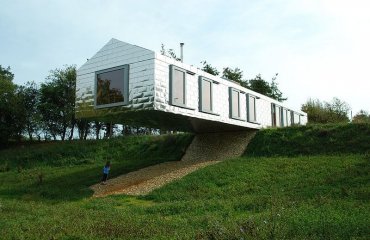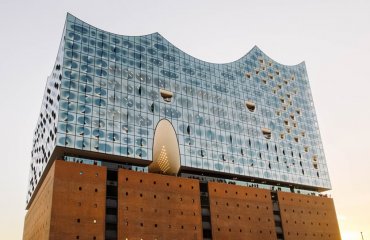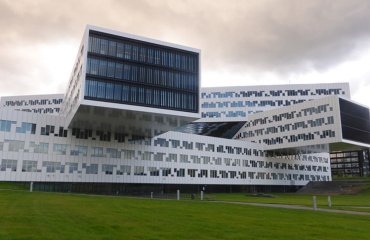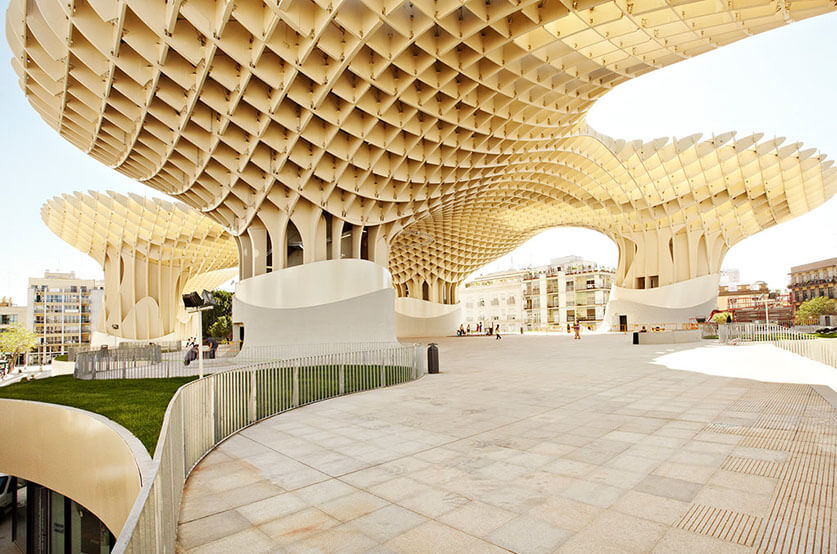
Metropol Parasol by Sevilla Congress & Convention Bureau is licensed under CC BY-SA 2.0
The Metropol Parasol located in La Encarnación square in Seville, Spain, merges modern with ancient.
A market has existed on this site since the 19th century. The square was renovated several times since then and in 1990 an underground parking lot was set to be constructed. The project came to a halt, however, when ancient Roman and Moorish ruins were discovered. The city of Seville held an international competition for proposals to develop the area in light of the new find. J. Mayer H. architects won first place with their design and construction began in 2005. Due to some unforeseen difficulties, the Metropol Parasol was completed in 2011 — the Parasols are actually held together by a very strong glue!
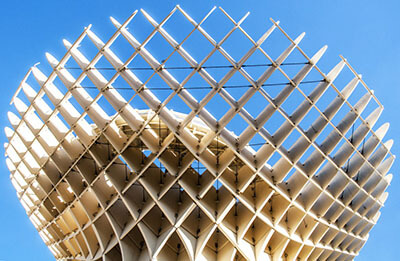
Metropol Parasol – Sevilla by Jose Losada – Fotografía is licensed under CC BY 2.0
Design Inspiration
The Metropol Parasol was inspired by the vaulted ceilings of the Cathedral of Seville and nearby ficus trees in the Plaza de Cristo de Burgos. It is one of the largest wooden constructions in the world. The architect’s vision was to “create a contemporary landmark that defines the relationship between the historical and contemporary city.”
Its unusual appearance and high cost (estimated at about 100 million euros) have sparked some controversy, according to the BBC which likens it to the same criticism the Eifel tower received when it was initially constructed. Locals call the building Las Setas de la Encarnación or Incarnation’s mushrooms.
Designed to be an urban center for tourists and locals alike the Metropol Parasol contains 4 levels. On level 0 there is a museum which houses the Roman and Moorish ruins, level 1 houses the market, and levels 2 and 3 contain panoramic terraces where you can get great views of the city center.
The Metropol Parasol cuts a strikingly unique figure amongst the classic town, one that will hopefully intrigue and delight tourists and locals alike for many years to come.

